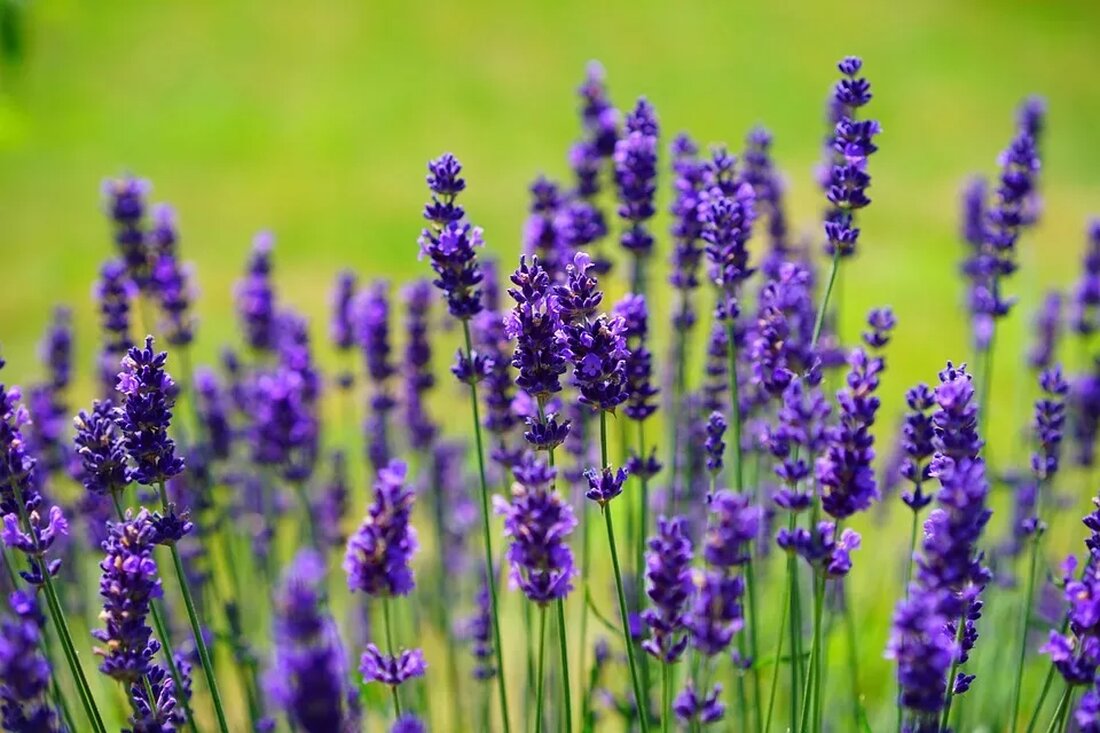Grow medicinal plants in your own garden
## Growing medicinal plants in your own garden Medicinal plants have always been part of natural medicine and are used worldwide to prevent and treat diseases. Growing medicinal plants in your own garden is a great way to create your own supply of natural medicine. In this article we will look at how you can successfully grow medicinal plants and which plants are particularly suitable for growing at home. ## Why grow medicinal plants in your own garden? Growing medicinal plants in your own garden offers a variety of benefits. Firstly, it is cost-effective. Most medicinal plants can be grown from seeds and require...

Grow medicinal plants in your own garden
## Grow medicinal plants in your own garden
Medicinal plants have always been part of natural medicine and are used worldwide to prevent and treat diseases. Growing medicinal plants in your own garden is a great way to create your own supply of natural medicine. In this article we will look at how you can successfully grow medicinal plants and which plants are particularly suitable for growing at home.
## Why grow medicinal plants in your own garden?
Growing medicinal plants in your own garden offers a variety of benefits. Firstly, it is cost-effective. Most medicinal plants can be grown from seeds and require little care. This saves costs compared to purchasing finished products or medications.
Secondly, home-grown medicinal plants are of high quality. You can be sure that the plants were grown without the use of pesticides or other chemicals. In addition, the plants can be harvested at their optimal stage of maturity and used immediately, which increases their effectiveness.
Thirdly, growing medicinal plants in your own garden is a sustainable measure. By avoiding purchasing imported medicinal plants, you reduce your ecological footprint and support local resources.
## Choosing the right plants
There is a wide variety of plants to choose from when growing medicinal plants in your own garden. It is important to consider the climatic conditions and location of the garden to choose the right plants. Some medicinal plants grow better in sunny areas, while others prefer shade. Here are some examples of medicinal plants that are good for growing in your own garden:
– Chamomile (Matricaria chamomilla): Chamomile contains active ingredients that have anti-inflammatory and calming effects. It thrives in sunny to partially shaded areas.
– Marigold (Calendula officinalis): Marigold has antiseptic and anti-inflammatory properties. It prefers sunny locations and loose, well-drained soil.
– Peppermint (Mentha x piperita): Peppermint has a cooling and calming effect. It grows best in partially shaded areas and requires moist soil.
– St. John’s wort (Hypericum perforatum): St. John’s wort is often used for mild depression. It thrives in sunny areas with dry soil.
## Preparation of the soil
Before you can grow medicinal plants in your own garden, it is important to prepare the soil. Most medicinal plants prefer well-drained soil with adequate moisture. Here are some steps to consider when preparing the soil:
1. Removing Weeds: Remove any weeds and other plant debris to make room for the medicinal plants.
2. Loosening the soil: Loosen the soil with a garden hoe or shovel. This improves permeability and allows the roots of the plants to establish themselves more easily.
3. Adding Organic Material: Add organic material such as compost or rotted manure to the soil. This improves the soil structure and increases nutrient levels.
4. Watering: Make sure the soil is sufficiently moist before planting the medicinal plants. Watering should then be carried out regularly to ensure sufficient moisture.
## Planting and care
After the soil is prepared, you can start planting the medicinal plants. Here are some important points to note:
1. Distance between plants: Make sure to maintain the recommended distance between plants to give them enough space to grow. This varies depending on the plant species.
2. Mulching: Mulch the soil around plants with a layer of organic material such as straw or wood chips. This retains moisture in the soil and reduces weed growth.
3. Fertilization: Some medicinal plants require regular fertilization to grow optimally. To do this, use an organic fertilizer that is specifically suitable for herbs and medicinal plants.
4. Watering: Make sure plants are adequately watered, especially during dry periods. However, avoid flooding the plants as this can lead to root rot.
## Harvesting and storage
Harvest time varies depending on the type of plant and the desired part of the plant to be used. Here are some general guidelines for harvesting and storing medicinal plants:
1. Harvest time: Harvest the plants when they are in full bloom or shortly thereafter. At this point the active ingredients are most concentrated.
2. Harvesting method: Carefully remove the desired parts of the plant without damaging the plant. This may include picking the flowers, cutting the leaves, or digging up the roots.
3. Drying: Dry the harvested plant parts in a well-ventilated place away from direct sunlight. For example, use a drying rack or a paper towel.
4. Storage: Store the dried plants in airtight jars or cans in a cool and dark place. This ensures that the active ingredients are best preserved.
## Conclusion
Growing medicinal plants in your own garden is a rewarding and sustainable practice. It provides access to fresh, high-quality medicinal plants while saving costs. With the right plants, good soil preparation and proper care, you can successfully make your own natural home remedies. Get started on creating your own medicinal plant garden and benefit from the numerous benefits that this hobby brings.
Sources:
– [Gardening with medicinal plants: Instructions for a medicinal plant garden](https://www.ndr.de/ratgeber/garten/mediziner_garten/Heilpflanzen-anwegen-Gaertnern-mit-Medizinal plants,heidraus102.html)
– Kamomile
– Marigold
– Peppermint
– St. John's wort

 Suche
Suche
 Mein Konto
Mein Konto
